first harvest
Advertisement
Read this article for free:
or
Already have an account? Log in here »
We need your support!
Local journalism needs your support!
As we navigate through unprecedented times, our journalists are working harder than ever to bring you the latest local updates to keep you safe and informed.
Now, more than ever, we need your support.
Starting at $15.99 plus taxes every four weeks you can access your Brandon Sun online and full access to all content as it appears on our website.
Subscribe Nowor call circulation directly at (204) 727-0527.
Your pledge helps to ensure we provide the news that matters most to your community!
To continue reading, please subscribe:
Add Brandon Sun access to your Winnipeg Free Press subscription for only
$1 for the first 4 weeks*
*$1 will be added to your next bill. After your 4 weeks access is complete your rate will increase by $4.99 a X percent off the regular rate.
Read unlimited articles for free today:
or
Already have an account? Log in here »
SIOUX VALLEY DAKOTA NATION — Jennifer McIvor doesn’t think of herself as a farmer, necessarily.
“I feel like a farmer is more agriculture-based, where we’re kind of different here,” McIvor says from her desk in a recently constructed hydroponics facility.
“I guess we grow food and we produce food, but with different methods. We’re not trying to mass produce, just trying to grow healthy, organic-type food.”
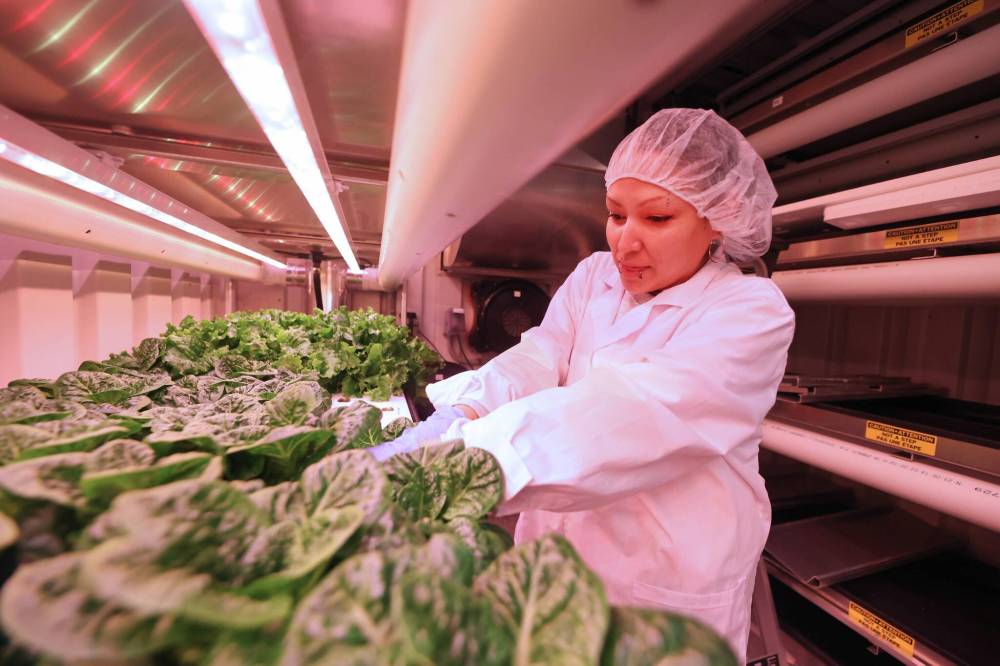
A 2017 alumnus of the Assiniboine College horticultural production program in Brandon, McIvor has been working to improve food production and quality at Sioux Valley ever since taking on her role with the community as the Greenhouse, Gardens and Grasslands manager.
McIvor, along with members of her team and with the help of community volunteers, have expanded the community greenhouse operations, grown the local community garden project and seed reserves, and started down the road to restoring community-owned prairie lands for Sioux Valley’s bison pasture.
But the community’s latest innovation — a hydroponics food production program they’re temporarily calling Sioux Valley Grocer — promises to improve food production on the reserve by addressing food insecurity and providing residents with healthier food options.
“It’s just called Sioux Valley Grocer right now, but we’re going to come up with a name, because it’s going to be a business,” McIvor said.
A few years ago, McIvor and some of her co-workers applied to the Local Food Infrastructure Fund, a federal program that supports projects “that strengthen community food security and increase the availability and accessibility of local, nutritious and culturally appropriate food” according to the Government of Canada website. The program is specifically designed for Indigenous and Black communities.
Grants typically provide funding between $25,000 and $100,000 for small-scale projects, and between $150,000 to $500,000 for larger projects.
Thanks to their efforts, Sioux Valley was approved funding for a hydroponics growing unit and storefront.
“We got it the next year, and then we found out that it wasn’t up to code with Manitoba Hydro standards — they weren’t the same as Ontario’s.
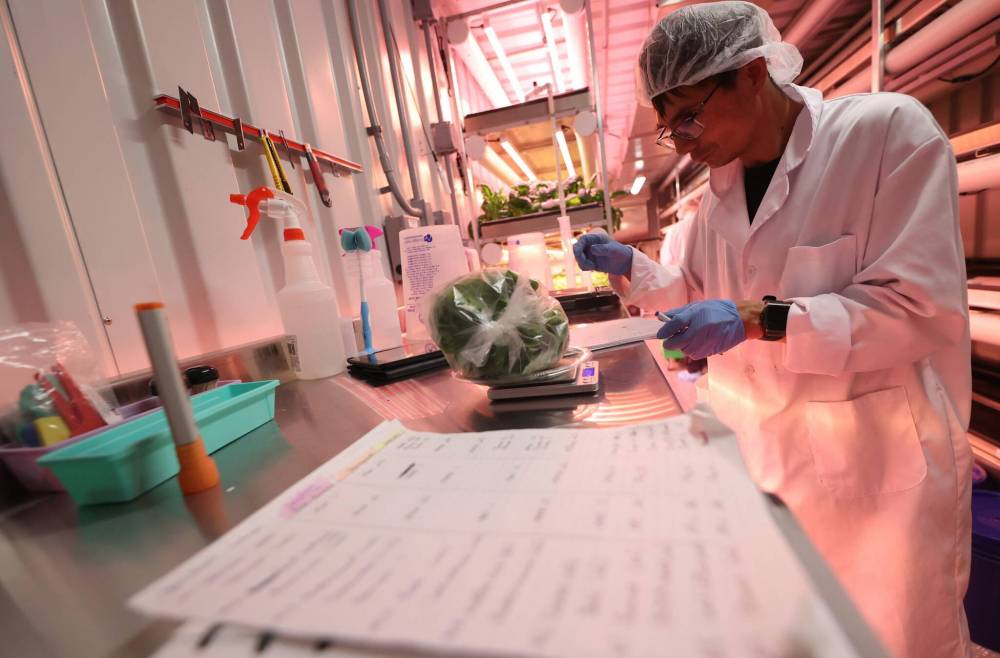
“So we had a lot of, I guess you could say, hiccups that we had to get over, all these different things that we needed to do to bring it up to code and standard.”
Though it was a slow start as a result, the project really got underway last November, with members of the team getting training with the equipment, as well as having the building readied for use.
The point of the project is really to help feed the community with a better and cheaper supply of quality food.
“We want to eventually integrate it into the school program with their lunch program, and give the kids a healthier option,” McIvor said. “We have businesses here that we’re going to partner with and start bringing revenue into our program, because we’re basically running on funding right now.”
That business plan includes a potential partnership with a local diner to provide them with fresh leafy greens on a regular basis.
● ● ●
Sioux Valley’s hydroponics facility is a large L-shaped building situated only a few dozen metres away from the original greenhouse and the community gardens to the east of it.
Walking into the facility entrance, visitors are treated to a momentary blast of air that bursts forth from a fan above the door.
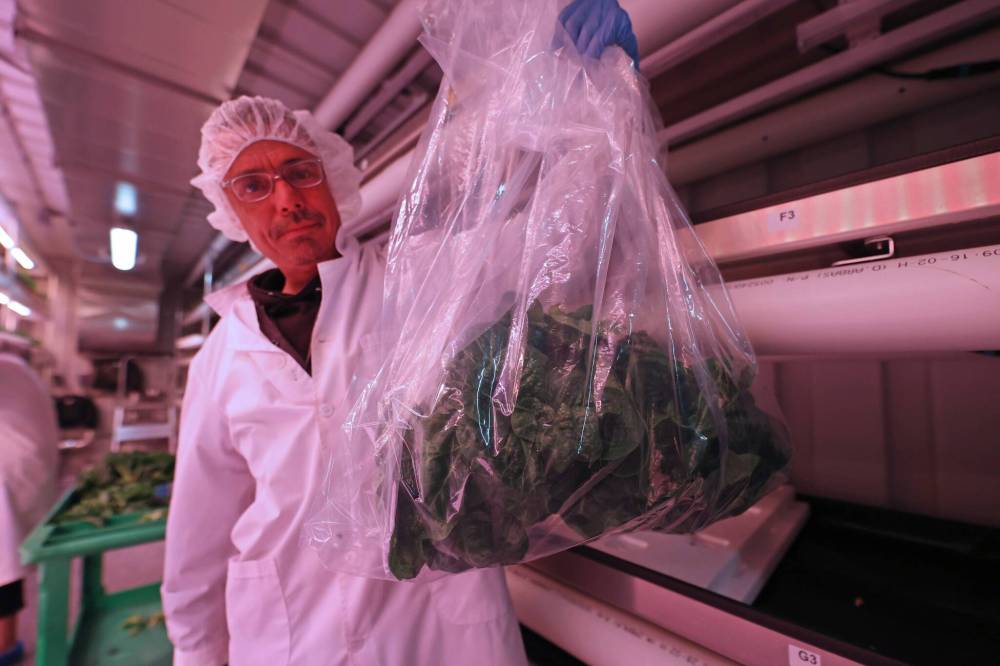
Within a few feet of the entrance is McIvor’s makeshift office, which constitutes a table and a few chairs situated next to equipment and a large refrigerator at the other end of the hallway near the entrance to the hydroponics room.
All personnel who enter the main hydroponics facility have to wear white lab coats, surgical gloves, hair nets and shoe coverings in order to prevent the introduction of disease or mold into the plants.
Hydroponics is kind of agricultural method that uses a water-based nutrient-rich solution to grow plants, without the need for soil.
In Sioux Valley’s case, crops of leafy greens are started in small cubes that promote root development, where they sprout before being placed into evenly spaced out holes on Styrofoam runway units that are stacked into shelves and bathed in rosy-pink hydroponic light. Each plant has room for its roots to grow below the top of the shelf, and into the water solution that flows underneath.
“The roots are showing through into the water, and then that’s what feeds the plant,” says Shane Mazawasicuna, one of the supervisors with the community’s Greenhouse Gardens and Grasslands team. He says it takes about 21 days for plants to come to full maturity.
The benefit, he says, is that leafy vegetables can be produced faster than a regular garden, and produced all year round.
“It’s a lot more of an efficient system, and the produce is just healthy and it’s cleaner. There’s no pests that can get to it. It’s a controlled environment.”
In the past month, the team has grown several varieties of lettuce, bok choy, kale, and spinach, as well as some herbs such as basil.
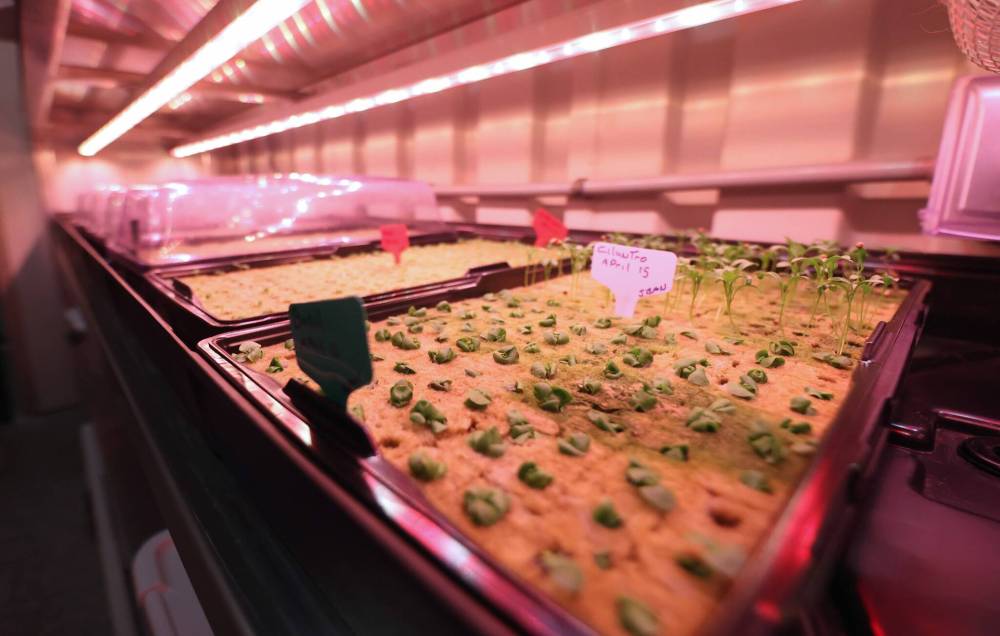
McIvor says that each of the four runways they currently have can hold about 213 plants. For the moment, they’ve only had two runways filled up, but they expect to be harvesting about one and a half runways each week.
However, she expects that number will grow exponentially as they increase the size of the facility, which has been designed to be expandable.
“We plan to get another unit, because there’s four tiers here that we can fit in. So if we get another unit, that would be, you know, mainly for the school so that all that produce can go to the children. Whereas the other (current) one, we could use it to produce revenue for the program.”
The remaining two tiers, once expanded and operational, could allow the team to grow a wider range of vegetables.
“But we need a different type of unit for that,” McIvor said. “We have a unit that we’re looking at that we can go for eventually, but we have to build up for that here.”
● ● ●
The Greenhouse, Gardens and Grasslands team had their first major harvest in the last week of April, just in time to prepare a special luncheon on May 1 for the Sioux Valley staff.
The menu included soup and Bannock for those who come in, along with several food samples made from the leafy greens.
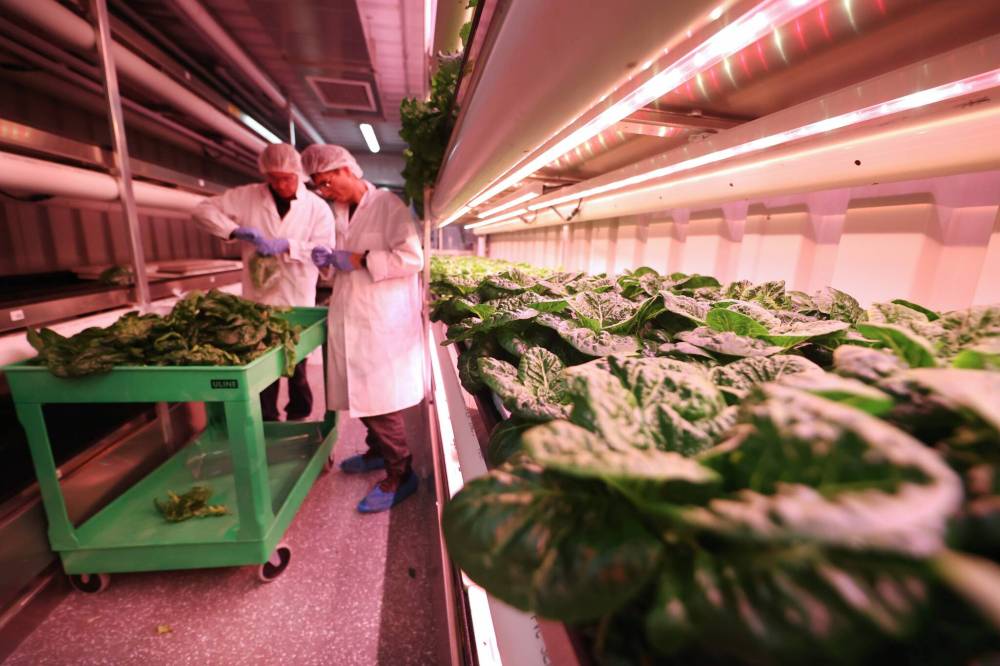
The point of the meal was not merely to show off the produce, but more so to show a proof of concept for the community’s leadership.
“This initial one will be just for the staff, Sioux Valley staff, and then the next one that we’re going to do, we want it to be for the community where we have a bigger piece. But that will be more planning.”
While it is the newest project for the community, McIvor says the hydroponics facility is just one facet of the work she and her team are responsible for. The Greenhouse, Gardens and Grasslands team handle the community gardens program as well as the greenhouse for prairie seed production and grassland reclamation.
As the Sun reported last year, the Greenhouse, Gardens and Grasslands team have partnered with Skinner Native Seeds near Roblin to produce native Manitoba seeds. The group has been working to reseed pastures where the community bison graze, in order to create a rich, diverse ecosystem that will benefit the Sioux Valley herd, as well as other flora and fauna in the region. That project continues this year, with hopes that they can provide seeds to other communities that wish to reclaim natural prairie pastures in the near future.
McIvor said plans are also moving forward to build a second, larger greenhouse in the community as well to move that work forward.
The community, she says, has been supportive of the team’s efforts over the last number of years as they move forward with these and other new projects they have on the horizon.
It’s also gratifying, she said, to see how much the community has become engaged, as many local residents start their own garden plots, and are anxious to get started with the help of McIvor and her team.
Yet whatever they do, McIvor said it all comes back to food production and food security for the community.

“They need to see it first, you know, before people will start getting really interested. We started in 2022, and with that, we started getting people’s home gardens tilled and offering free seeds and time to come by, you know, and come check it out. So I think more people are starting to grow.
“I’m getting inquires now, like when are you going to start tilling? So people can get started at home right? They’re excited to get started.”
» mgoerzen@brandonsun.com
» Bluesky: @mattgoerzen.bsky.social
